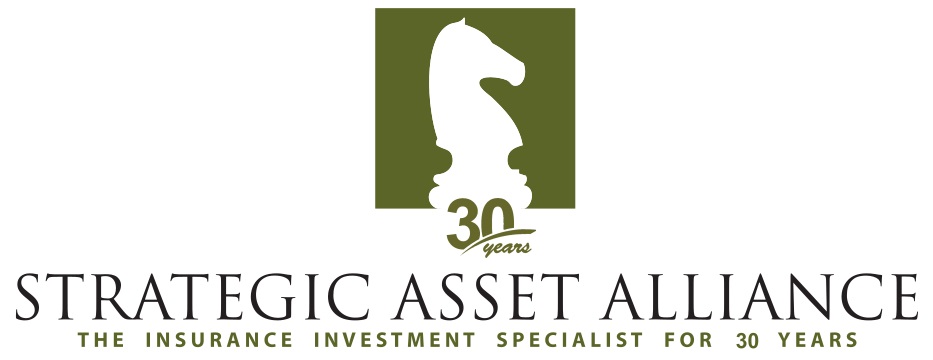 March 17-18, 2021
March 17-18, 2021
Virtual Conference
Learn More / Register >>
Implications of the COVID-19 Rescue Package
We spoke with New England Asset Management to discuss the short and long-term implications for the COVID-19 Rescue package. How will it affect both the economy and financial markets?
Marie Callahan Head of Marketing New England Asset Management | www.neamgroup.com marie.callahan@neamgroup.com
SAA: U.S. fiscal and monetary stimulus measures have been massive in response to COVID, what are the short and long run implications for the U.S.?
NEAM: The major short run implication of the response is fairly straight forward. The fiscal response in the U.S. has amounted to roughly $3 trillion to this point, with another round of aid (possibly in the $1.5 trillion range) being discussed. As we entered 2020, the U.S. was already projected to have a budget deficit of roughly $1 trillion, so our budget deficit will likely be in the $3.5- $4 trillion range this year and in the $2-2.5 trillion range next year. Our debt to GDP ratio will end up well above 100%, which would be the highest in the post war era. These massive aid packages will need to be financed with debt, which normally (and logically) would put upward pressure on rates. However, the Fed and Central Banks around the globe have expanded their balance sheets dramatically, buying sovereign debt along with credit instruments as well. They have successfully held rates at artificially low levels. Given the Fed’s pledge to buy unlimited amounts of U.S. Treasury debt (as well as fairly robust global demand for “safe assets”), interest rates should certainly remain in check for the time being.
The longer run implications are much tougher to pinpoint, but the possibilities include inflationary pressure (though likely not over the next year or two), and what appears to be a new paradigm in the acceptance of “moral hazard”. That is, the Fed and Central banks generally, by flooding the financial system with liquidity, have created an environment where risk taking is effectively sanctioned and encouraged. This is certainly not new, but with every crisis the response is necessarily larger because the “solution” introduces even more leverage as investors and speculators correctly conclude that the central banker’s impulse is to prop up financial assets, keeping them from finding their own level. The long run implication of quantitative easing and manner in which the capital markets have “trained” the Fed, is that financial asset valuations will look elevated for the foreseeable future, and perhaps materially so, when viewed through the prism of historical metrics.
SAA: What are NEAM’s views on the policies that will shape both our economy and financial markets in the years to come?
NEAM: COVID-19 has been a massive shock to our economy and the global economy in general. Only an effective and durable solution for controlling the virus will truly allow things to return to what we define as normal. We are all hopeful that a solution is available before too long, but COVID- 19 and its aftermath will drive many policy issues. I’ll focus on two which I believe will be front and center.
The first is taxes. In the wake of COVID- 19, the U.S, and advanced economies generally, have expended or committed enormous sums of money to fight both the public health and economic malaise caused by the virus. Much of that money will need to be borrowed. Large corporations have been enormous beneficiaries of the Fed’s programs here in the U.S. and it stands to reason that the statutory corporate tax rate, which was cut from 35% to 21% in the Tax Cuts and Jobs Act of 2017, is likely to go higher in order to raise funds to pay down sovereign debt to more manageable level. This will certainly not happen until economies have fully recovered, but once they have, it seems likely this will happen to a good degree across industrialized nations. Individual tax rates will also likely rise but the focus there will more than likely be on the very top of the income scale. Those that benefitted the most from the rescue efforts, will be asked to pay the most.
Second, the topic of income and wealth disparity will continue to gain more attention because ultimately, it runs at odds with what the Fed is trying to accomplish. An environment which exhibits stable consumer prices over time (or inflation of 2% as defined by most central banks) requires that end demand remain robust enough to sustain price levels consistently. As income and wealth disparities widen, the country’s “economic base” narrows. Those at the bottom of the wealth and income spectrum would spend more of each dollar than those at the top, thus having a direct impact on end demand and economic activity. Unless this is addressed in some fashion, we will likely have more of what we have experienced over the last 10 years – rising inflation in asset prices, but bouts of disinflation in consumer prices. Recent shortages of essential items during the COVID-19 outbreak have pushed many companies to review their supply chains. Some production of (at a minimum)) essential products will likely be on-shored back to the U.S. The return of some number of higher paying jobs would be a welcome development, since the loss of so many U.S. manufacturing jobs in a post NAFTA, post China/WTO world is at least partially to blame for the current income and wealth disparities. This would allow the U.S. to broaden its “economic base”, spurring both economic growth and end demand.
Source: Strategic Asset Alliance, New England Asset Management. The information contained herein has been obtained from sources believed to be reliable, but the accuracy of information cannot be guaranteed.
